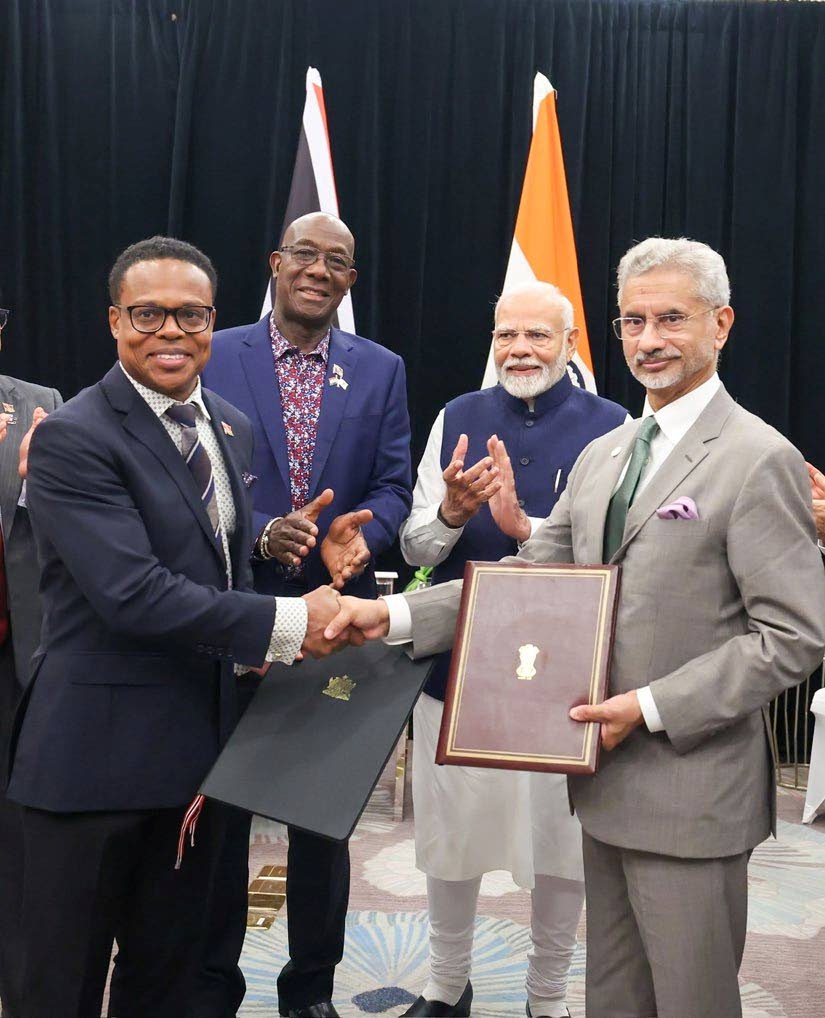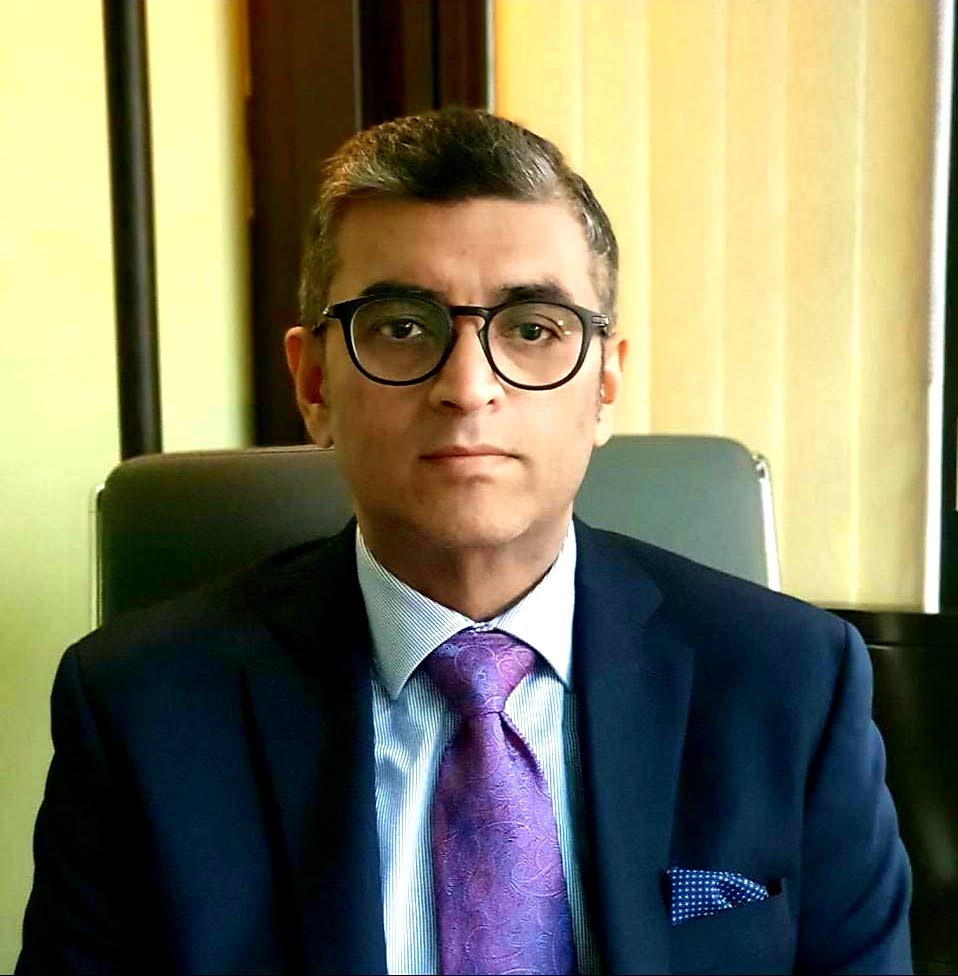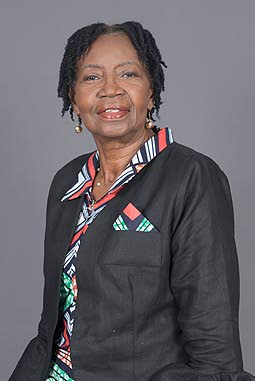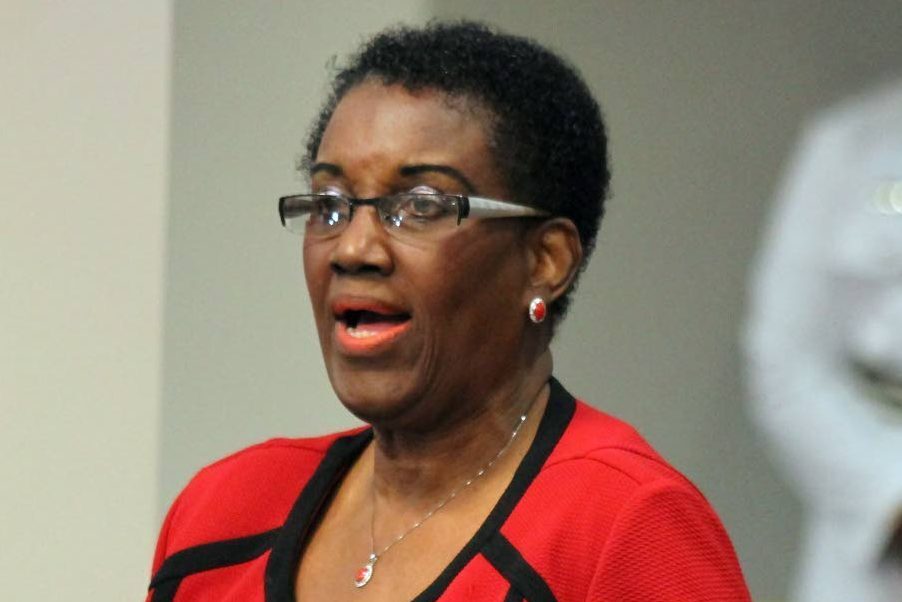Young: Trinidad and Tobago back on energy map
Written by Clint Chan Tack on August 8, 2024

ENERGY Minister Stuart Young has said government’s efforts over the last nine years have caused TT once again to attract the attention of major international energy players.
As a result of this, he said, there is a world of opportunity that students at the National Energy Skills Centre (NESC) could access in the global energy industry.
Young spoke to students and staff when he visited the NESC’s drilling academy in Ste Madeleine on August 6.
In reports on their respective performances for the second quarter of 2024, Shell and BP made positive references to projects in TT.
Shell mentioned its final investment decision (FID) on the Manatee field. On July 9, Shell said Manatee will competitively grow its integrated gas business by building on development efforts in the East Coast Marine Area (ECMA), one of the country’s most prolific gas-producing areas.
The ECMA is currently home to Shell’s largest gas-producing fields in the country, including Dolphin, Starfish, Bounty and Endeavour.
The Manatee gas field, it said, will provide backfill for the Atlantic LNG facility, increasing utilisation at existing LNG plants.
This is an important lever to maximise potential from Shell’s existing assets.
Manatee is slated to start production in 2027. Once online, Manatee is expected to reach peak production of approximately 104,000 barrels of oil equivalent per day (boe/d) (604 MMscf/d).
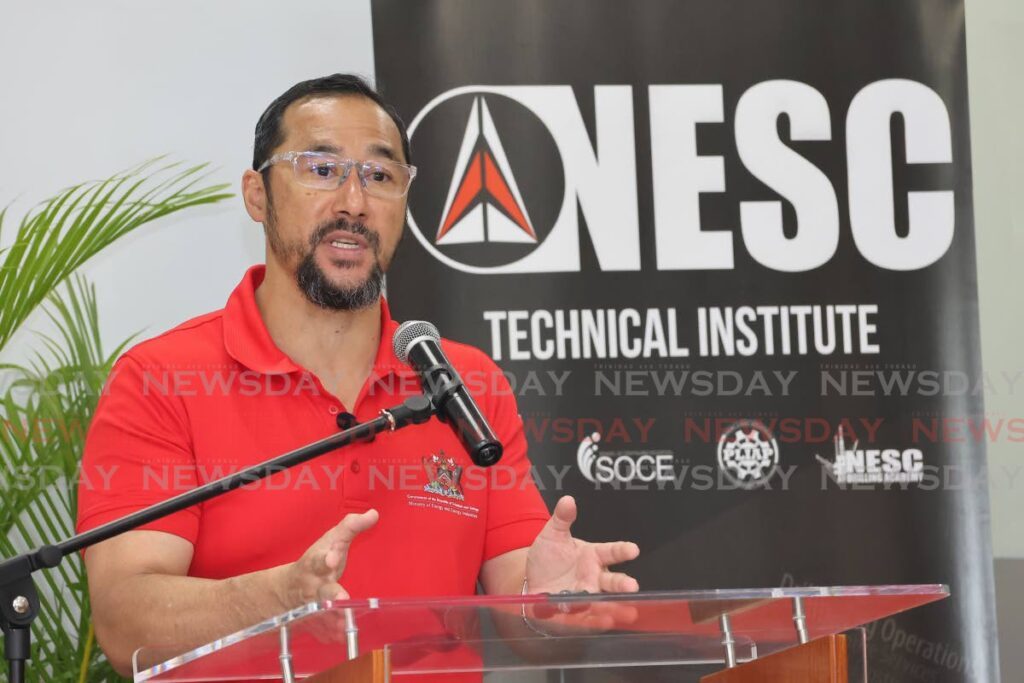
Energy Minister Stuart Young – Photo by Lincoln Holde
BP CEO Murray Auchincloss said, “In Trinidad we have a long history and very strong relationships and we are executing a range of actions to reshape the business for the future. We’re accelerating growth enabled by the recent Atlantic LNG restructuring. We are making strong progress at Cypre and Mento major projects.”
BP expects to start up these projects in 2025 with a combined net peak production capacity of 75 mbod (million barrels of oil per day).
He added, “We have taken FID on Coconut and doing the FID on Ginger, the next investment expected to feed the domestic and LNG market.
“And we have secured an exploration and production licence for Cocuina enabling a material potential development of the Manakin-Cocuina cross-border gas resource.
“Together, this creates a higher-value Trinidad gas business with clear line of sight to material high-margin growth over the next several years.”
Young said he and the Prime Minister have annual conversations with Auchincloss and Shell CEO Wael Sawan about the respective investments of both their companies in TT.
He added that this level of engagement with BP, Shell and other energy companies was possible because of several meetings he and Dr Rowley held since the PNM returned to government in September 2015.
“To meet with these people is not an easy thing. These are global players. We have re-established the importance of that relationship.”
Young told the NESC students in the audience, “The reason we do that is for you, the young people, to create the opportunities for you.”
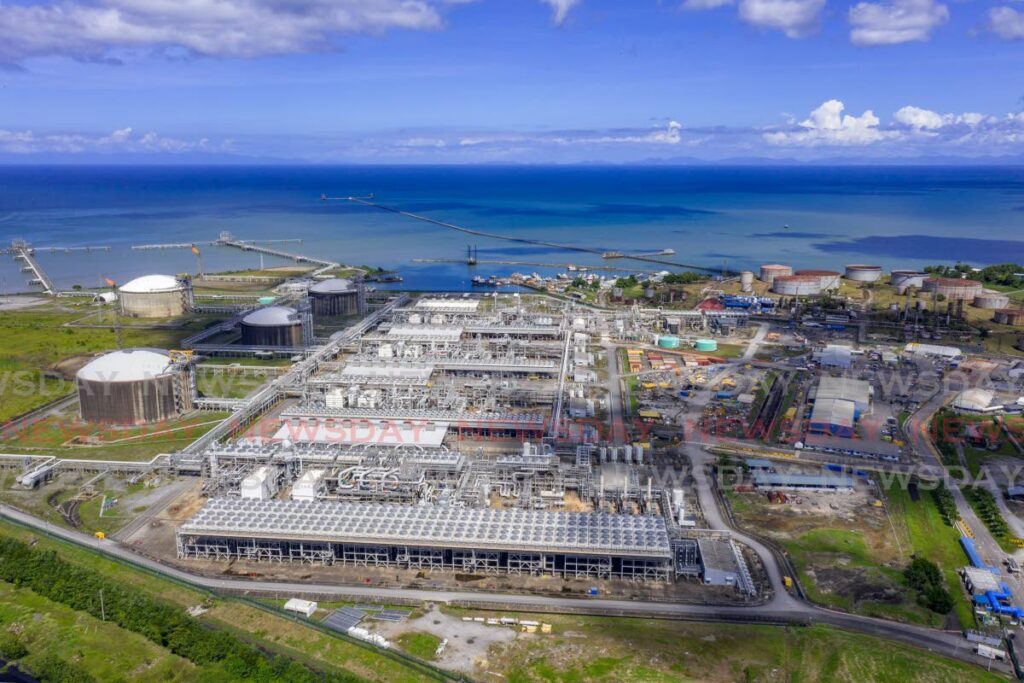
Atlantic LNG, Point Fortin. – File photo by Jeff K Mayers
He said a common topic of conversation with both BP and Shell is the need for more local content.
“This is not politicians in Trinidad saying this is what is going on in the industry. These are two of the CEOs of global energy companies quoting extensively, as they talk to the world, about what they are doing with TT.”
Young urged the students not to fall victim to naysayers who predict doom and gloom for TT’s future.
“There are significant opportunities.”
Young also spoke about conversations he has had with TT nationals who have been able to find employment opportunities in energy projects in different parts of the world.
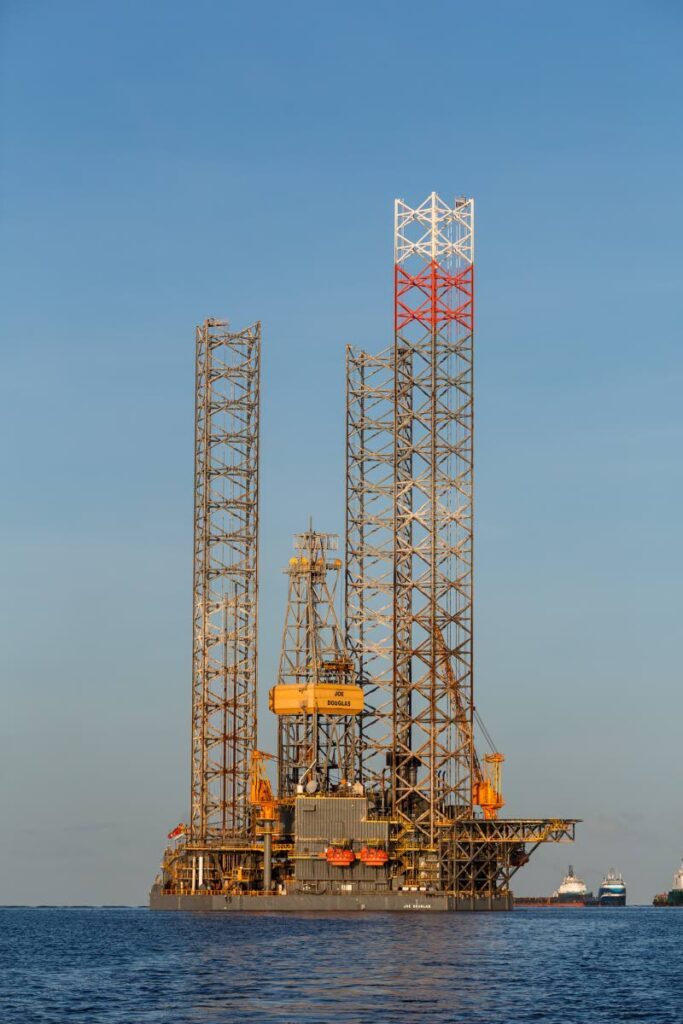
bpTT’s Joe Douglas rig in its Cypre field. –
He told the students many of these people would have started at NESC.
“What I am telling you all, is there is a world, literally a world of opportunities now.”
Young said the academy features prominently in government’s plans to develop the economy.
“I am pushing to get more drilling done in TT.”
He added this included more drilling by local companies.
Young said he was also heartened to learn that former NESC graduates return home to play their part in strengthening the domestic energy sector.
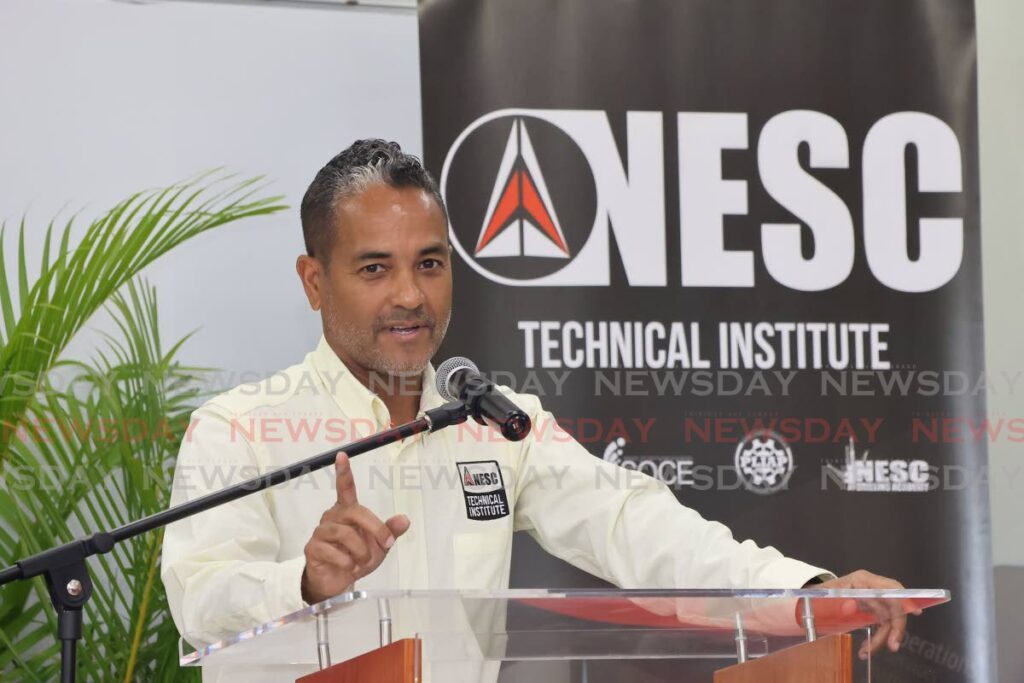
NESC president Kern Dass – Photo by Lincoln Holde
NESC president Kern Dass said the centre was established in 1997, the drilling academy began in 2013 and 4,000 students have graduated from the academy to date.
Dass said NESC is continuously seeking opportunities to expand.
“NESC is growing regionally.”
He identified Guyana and Suriname as two countries to which NESC wants to expand its operations.
Dass said NESC is speaking with a training provider in Nigeria, exploring opportunities there, and some of the international students at the academy were from Nigeria.
The post Young: Trinidad and Tobago back on energy map appeared first on Trinidad and Tobago Newsday.
